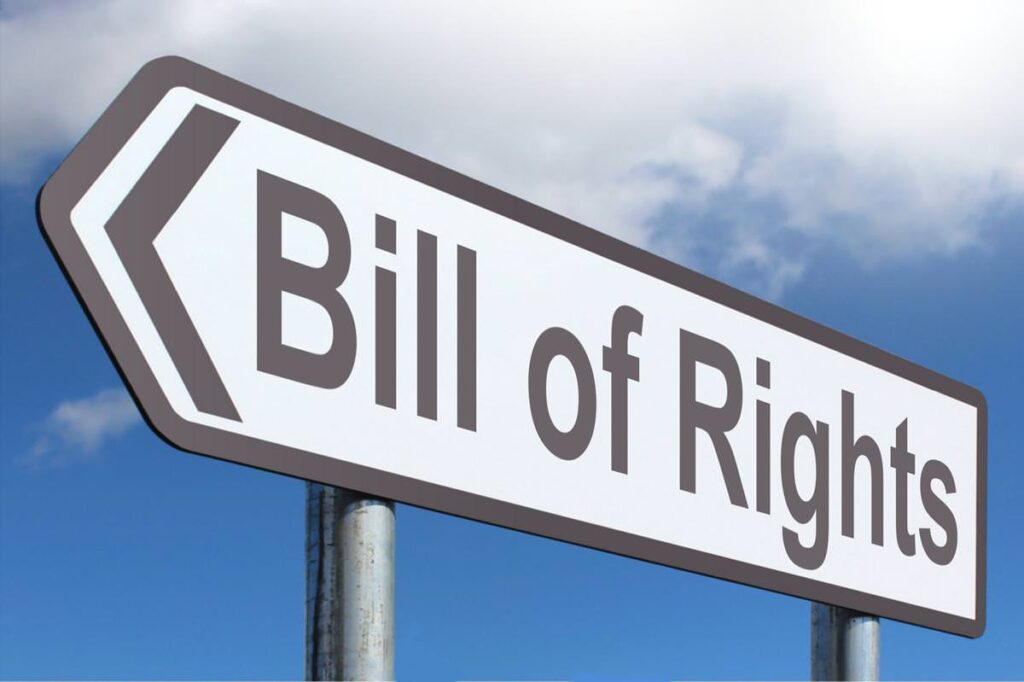Reader Alert: this post deviates from my blog’s typical focus and doesn’t include a disability thread. However, the good news of Christmas applies to everyone—disabled and nondisabled alike.

It’s a joy to greet you this Christmas morning with the same message the angels delivered to the shepherds more than two millennia ago:
“[the angel of the Lord] said. “I bring you good news that will bring great joy to all people.The Savior—yes, the Messiah, the Lord—has been born today in Bethlehem, the city of David! And you will recognize him by this sign: You will find a baby wrapped snugly in strips of cloth, lying in a manger. . . They hurried to the village and found Mary and Joseph. And there was the baby, lying in the manger.” Luke 2:8-12, 16. New Living Translation (NLT).
Want to subscribe to receive blog updates sign up today!
Although we no longer hurry to find the baby, Christians still rejoice in the good news that God sent His Son to save the world from judgment and to eternal life (John 3:16-17). And we commemorate this proclamation with nativity scenes depicted on ornaments, yard signs, Christmas cards, and postage stamps.
As a child who accepted Jesus as my Savior at age seven, I was especially drawn to nativity scenes on Christmas stamps. Indeed, my new birth in Christ in 1960 coincided with New Zealand (NZ) issuing its’ first Christmas stamp. And because I grew up in NZ my stamp collection is rich in NZ Christmas stamps.

Australia issued a postage stamp portraying the shepherds honoring the baby Jesus in 1958. New Zealand highlighted the shepherds in 1960 with a reproduction of Rembrandt’s The Adoration of the Shepherds. This was a time when NZ’s Labor Government had strong Christian values and churches challenged the notion that Christmas was primarily about exchanging gifts and consuming excess amounts of food and alcohol. The United States (US) Postal Service resolved the secular versus religious debate by grouping four to six related secular stamps with a religious design.
According to a Christmas stamp vendor, over three billion Christmas cards and letters will be mailed in the US in December. A nativity stamp will adorn some of this mail, but secular images of cultural Christmas symbols will be dominant—bells, candles, children’s drawing, Christmas trees, flora and fauna, poinsettia and Pohutukawa (NZ Christmas tree), Santa, elves, and reindeer, Snow Globes and snowy landscapes, and wreaths. Sadly, the 2023 NZ Christmas stamp omits an actual nativity and uses colors to give a mere nod to Christian images. For example, the purple metallic paper on the $4.60 stamp is said to represent Jesus with the color associated with royalty and Advent.
Let’s do more than merely nod at Christmas and wish one another a Merry Christmas filled with actual love, joy and peace found in Christ our Lord and Savior.
You may also want to read:
-
- “USPS Forever A Charlie Brown Christmas Stamps.” 2015. https://www.uspostagedeals.com/product/2015-usps-forever-a-charlie-brown-christmas-stamps-100pcs-pack/?msclkid=efb3b457d725194b778ed1d3b7fd5100
-
- Jonathan Petre. “Secular Christmas stamps attacked.” 13 July 2004. https://www.telegraph.co.uk/news/uknews/1466893/Secular-Christmas-stamps-attacked.html
-
- “Stamps from New Zealand with the theme Christmas.” 1961-2022. https://www.postbeeld.com/stamps/religion/christmas/country/new-zealand
-
- Posted by Allan. “Christmas Stamps – Part One.” Virtual New Zealand Stamps. https://virtualnewzealandstamps.blogspot.com/p/christmas-stamps-part-one.html



